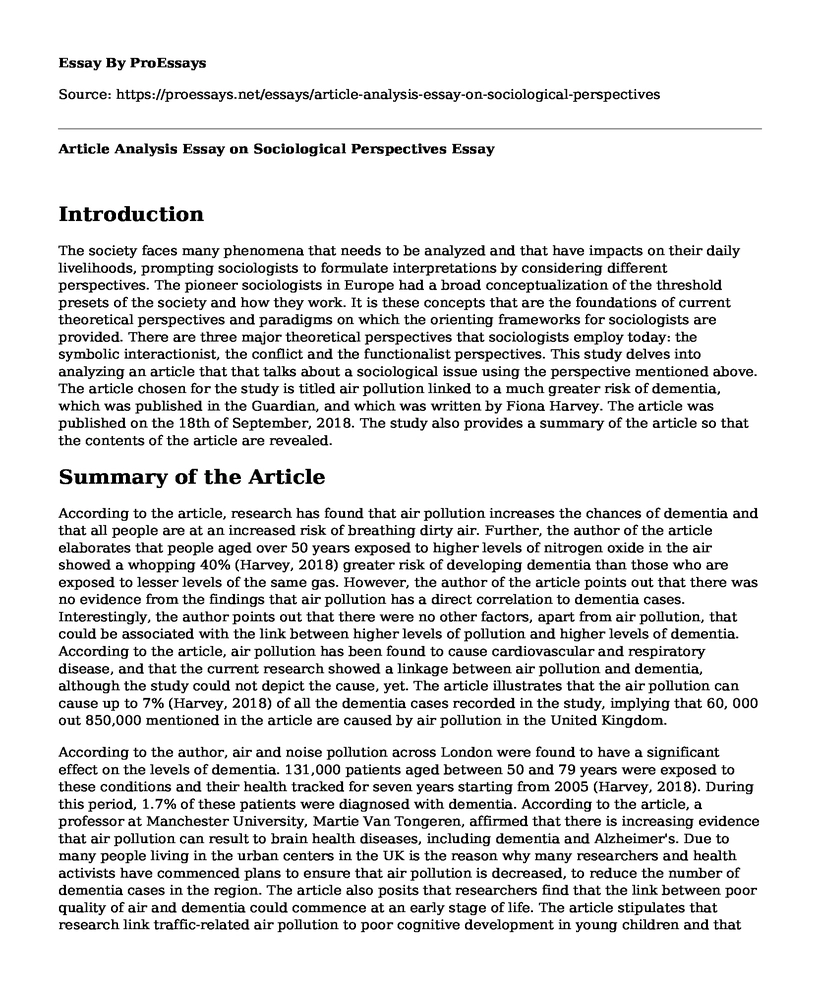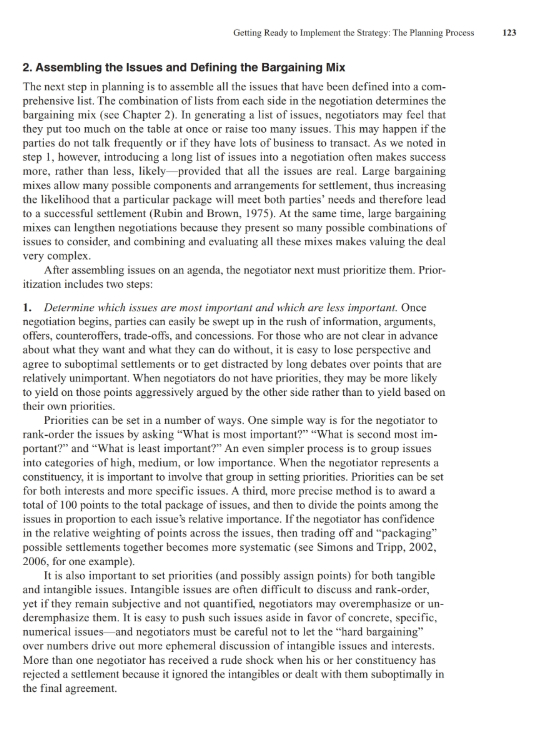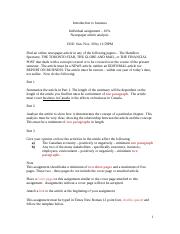An article analysis is a critical examination of a published piece of writing, with the aim of evaluating its strengths and weaknesses. This type of analysis is commonly used in the fields of academia and journalism, as it allows readers to assess the credibility and value of an article's content. There are several key components that should be included in an article analysis format, which will be discussed in detail below.
The first element of an article analysis format is an introduction, which should provide a brief overview of the article being analyzed. This should include the title of the article, the name of the author(s), and the publication in which the article was published. The introduction should also provide some background information on the topic of the article, as well as the main argument or thesis that the article presents.
The second component of an article analysis format is a summary of the article's content. This should be a concise and objective overview of the main points and arguments made in the article, as well as any supporting evidence or examples provided by the author. It is important to avoid adding personal opinions or biases in this section, as the goal is to accurately represent the content of the article.
The third element of an article analysis format is a critical evaluation of the article. This is where you can express your own thoughts and opinions on the article, and assess its strengths and weaknesses. Some questions you might consider when evaluating an article include:
- Is the article well-written and well-organized?
- Does the author provide sufficient evidence to support their arguments?
- Are there any biases or assumptions made by the author that may affect the credibility of their arguments?
- Are there any alternative viewpoints or counterarguments that the author does not address?
It is also helpful to consider the context in which the article was written, as this can affect the credibility of the information presented. For example, if the article is written by an expert in a particular field, their credentials and experience may lend greater credibility to their arguments. On the other hand, if the article is written by someone with no relevant expertise, it may be less reliable.
The final component of an article analysis format is a conclusion, which should summarize the main points made in the analysis and provide a final assessment of the article. This could include a recommendation of whether or not the article is worth reading, based on its strengths and weaknesses.
In conclusion, an article analysis format is a structured way to evaluate and assess the credibility and value of a published piece of writing. It should include an introduction, a summary of the article's content, a critical evaluation of the article, and a conclusion. By following this format, readers can gain a better understanding of the strengths and weaknesses of an article and determine its relevance and usefulness.






